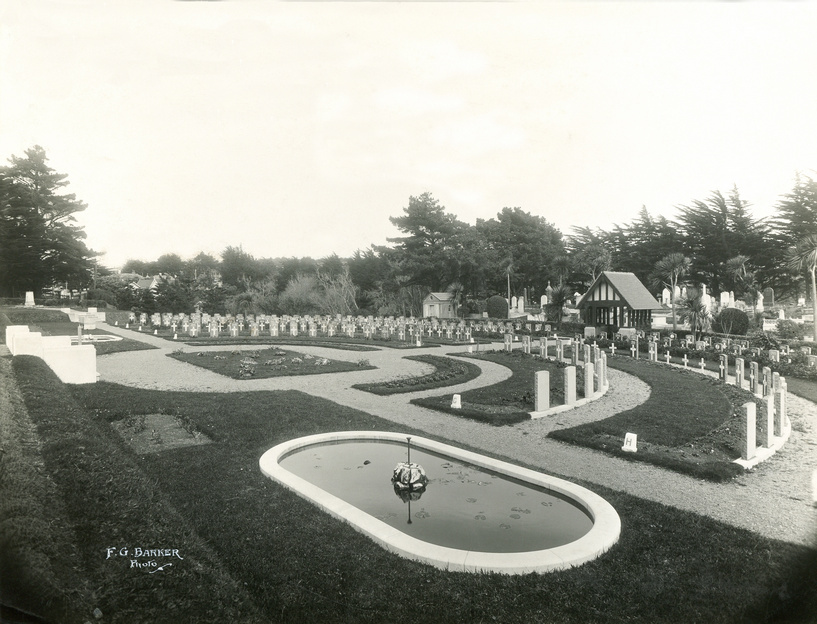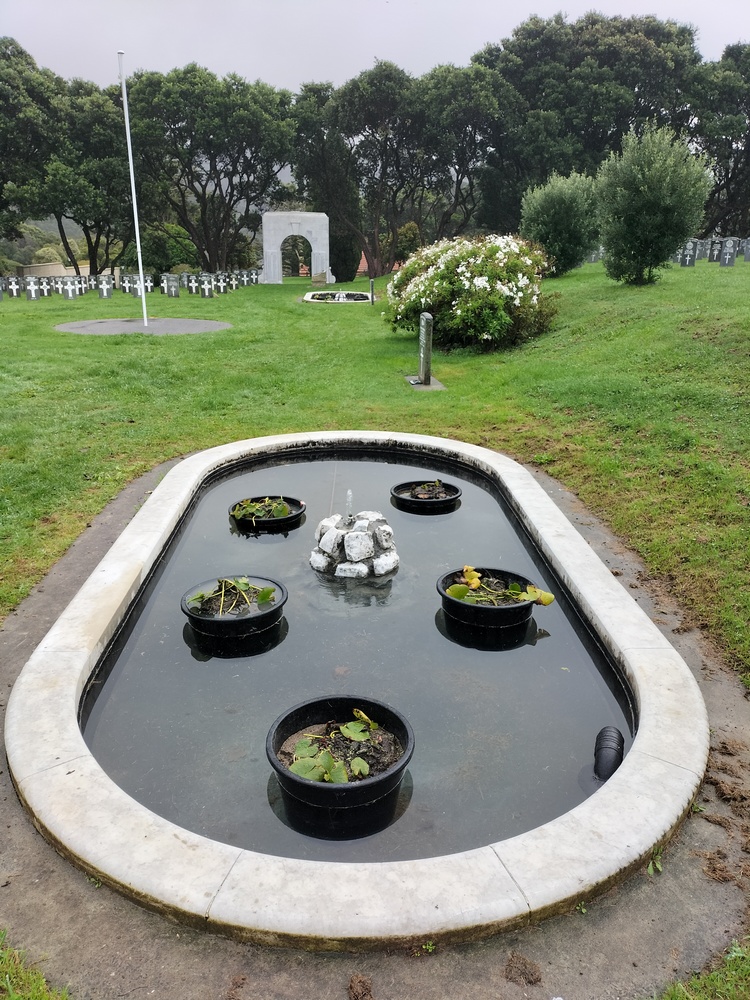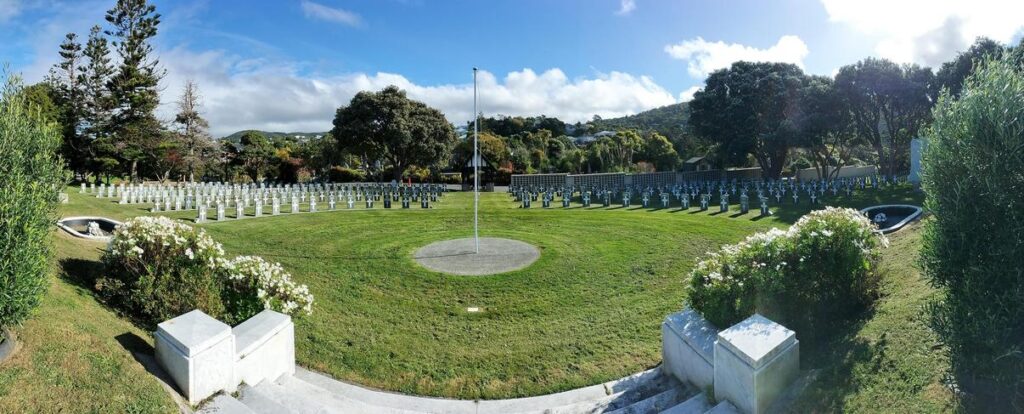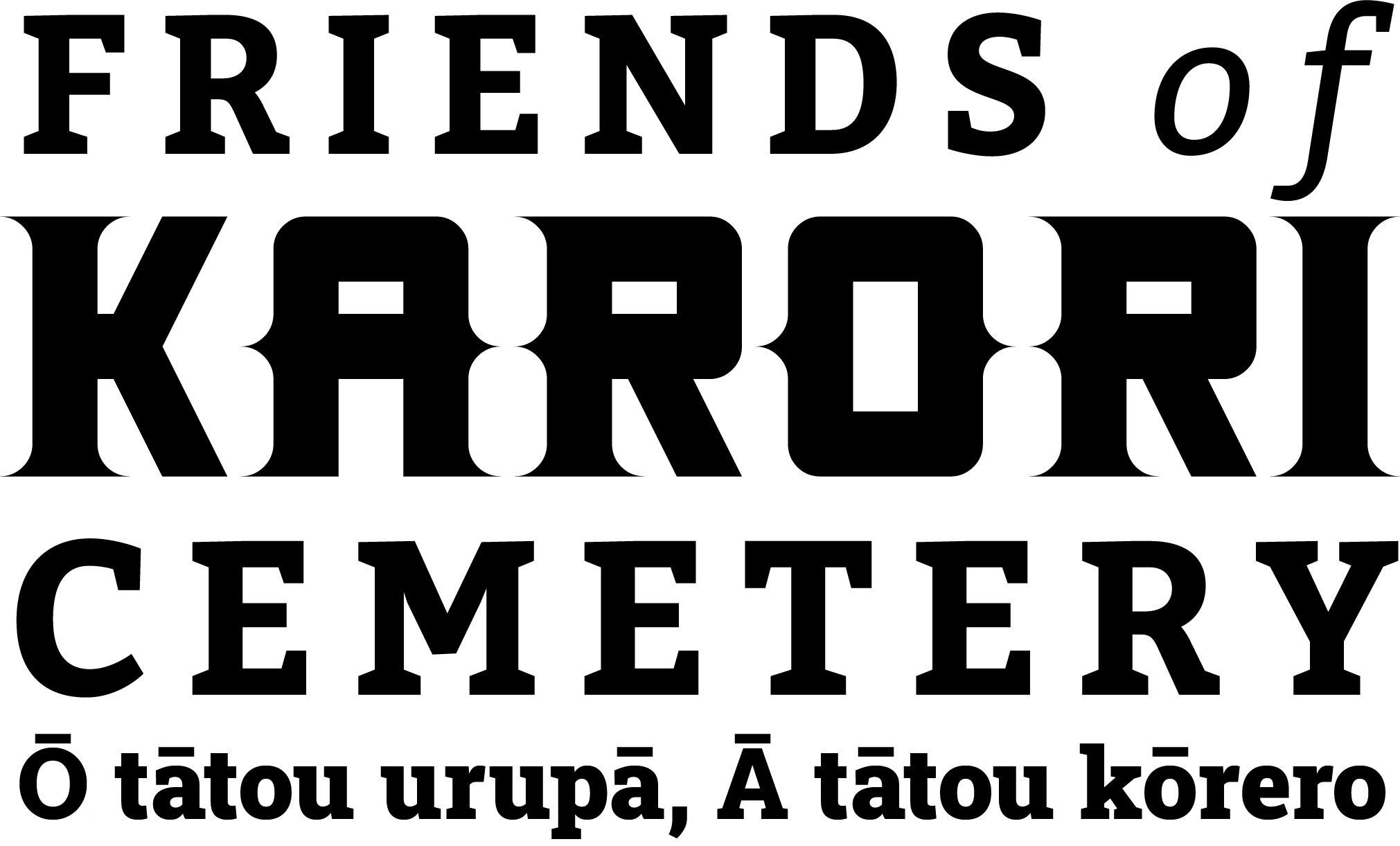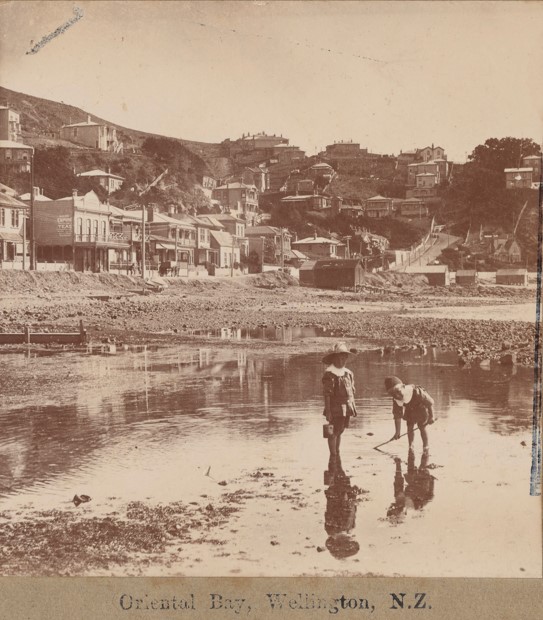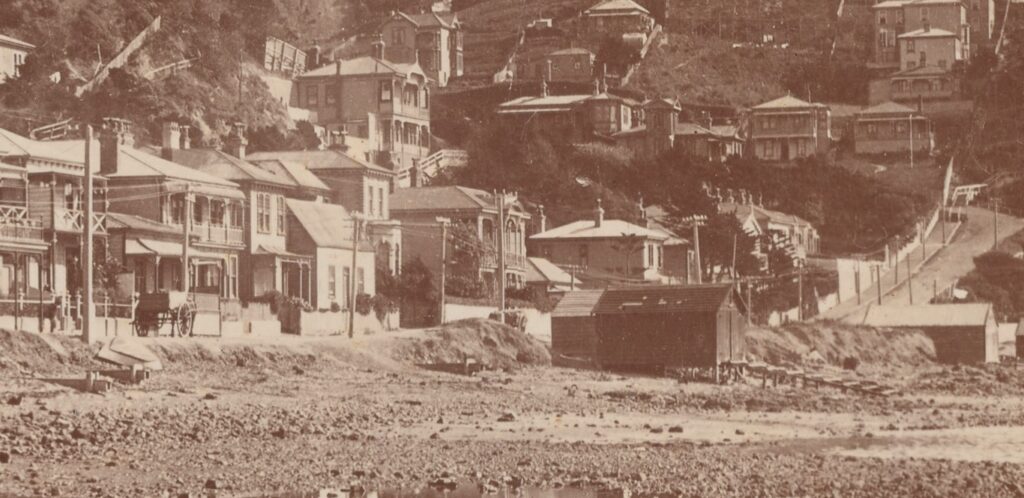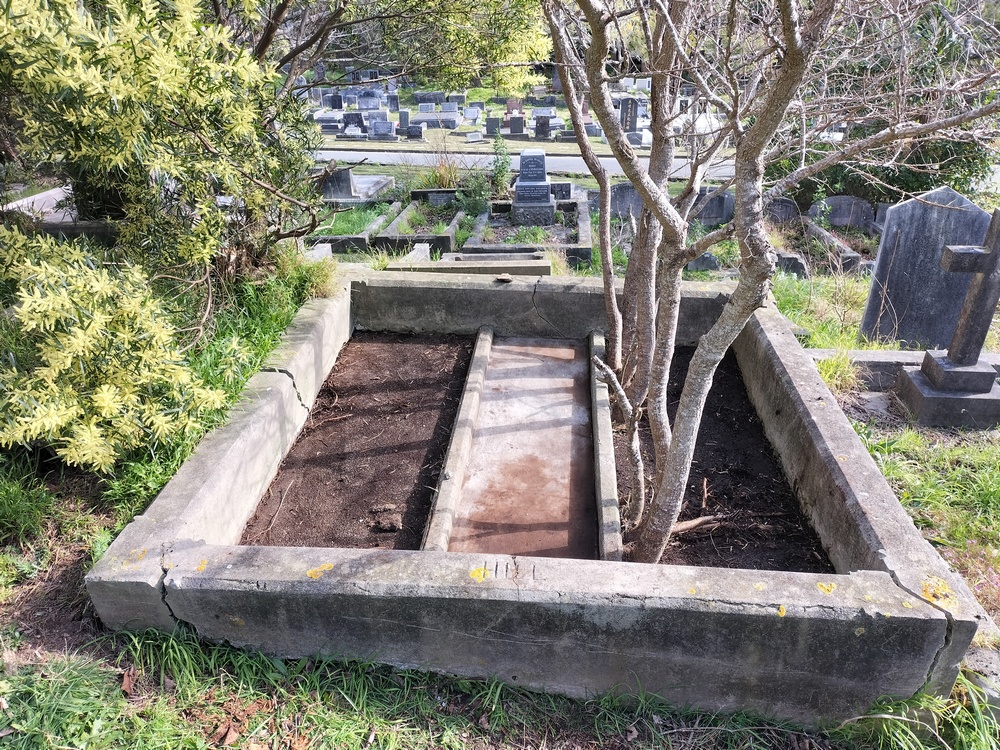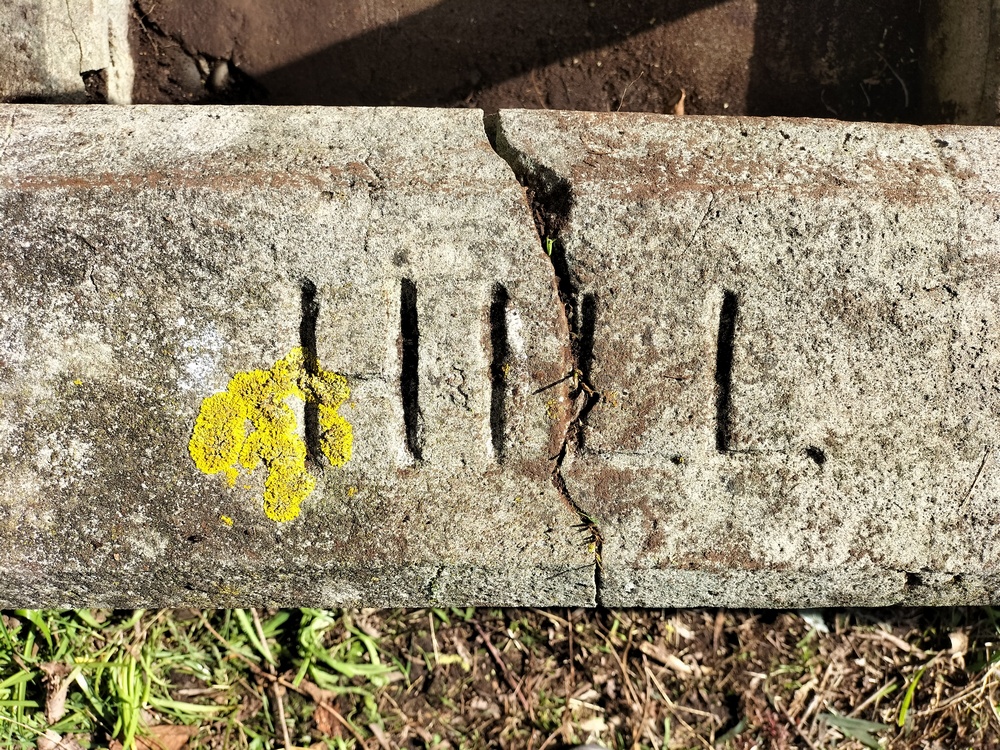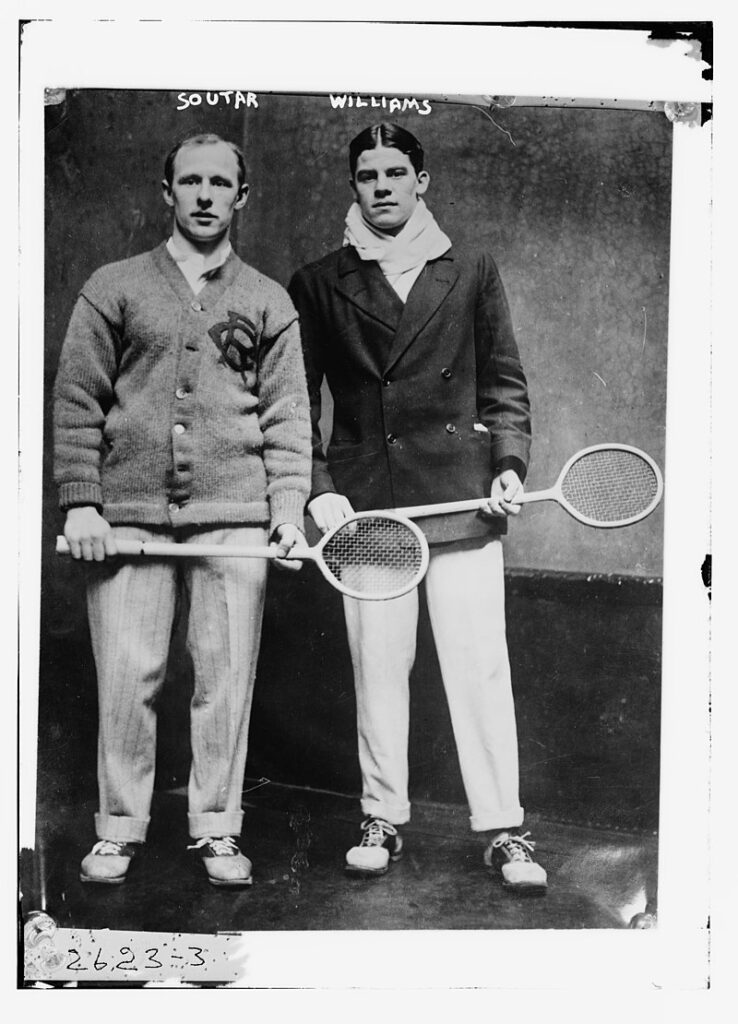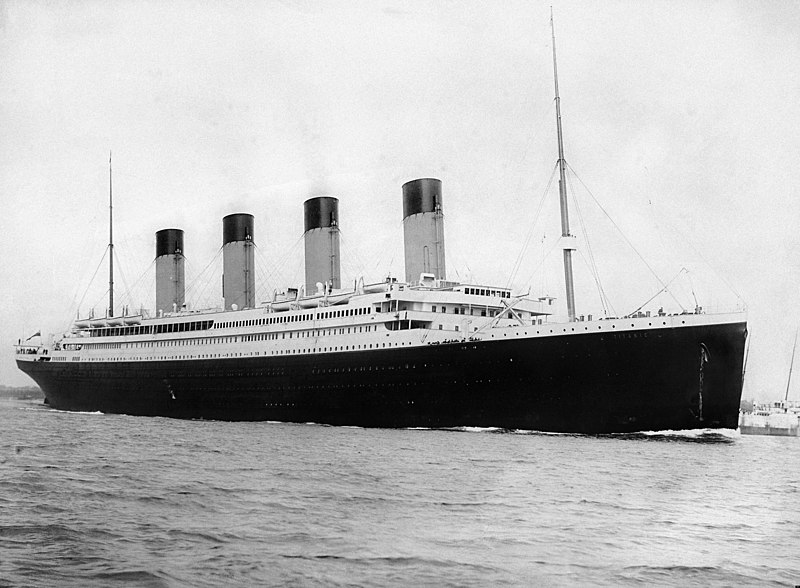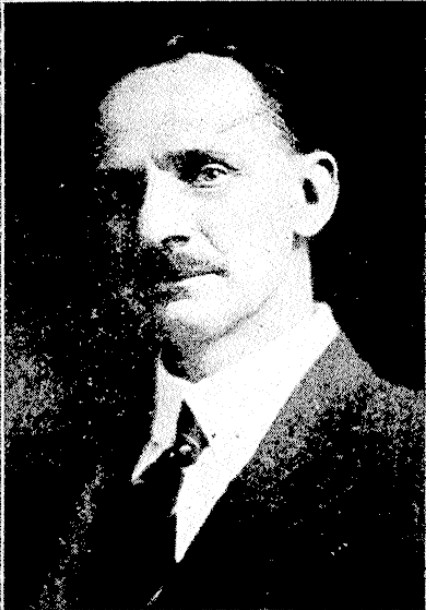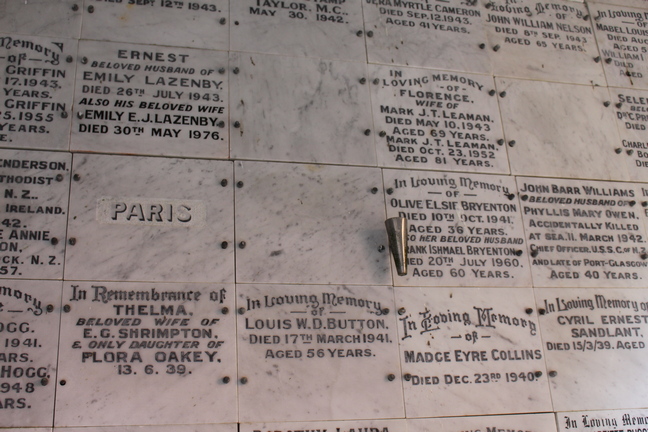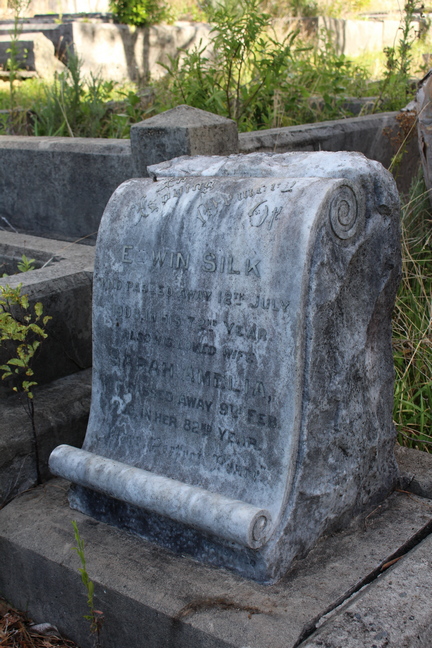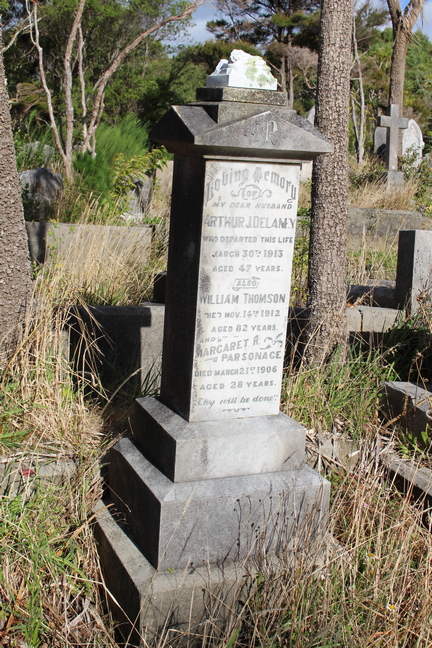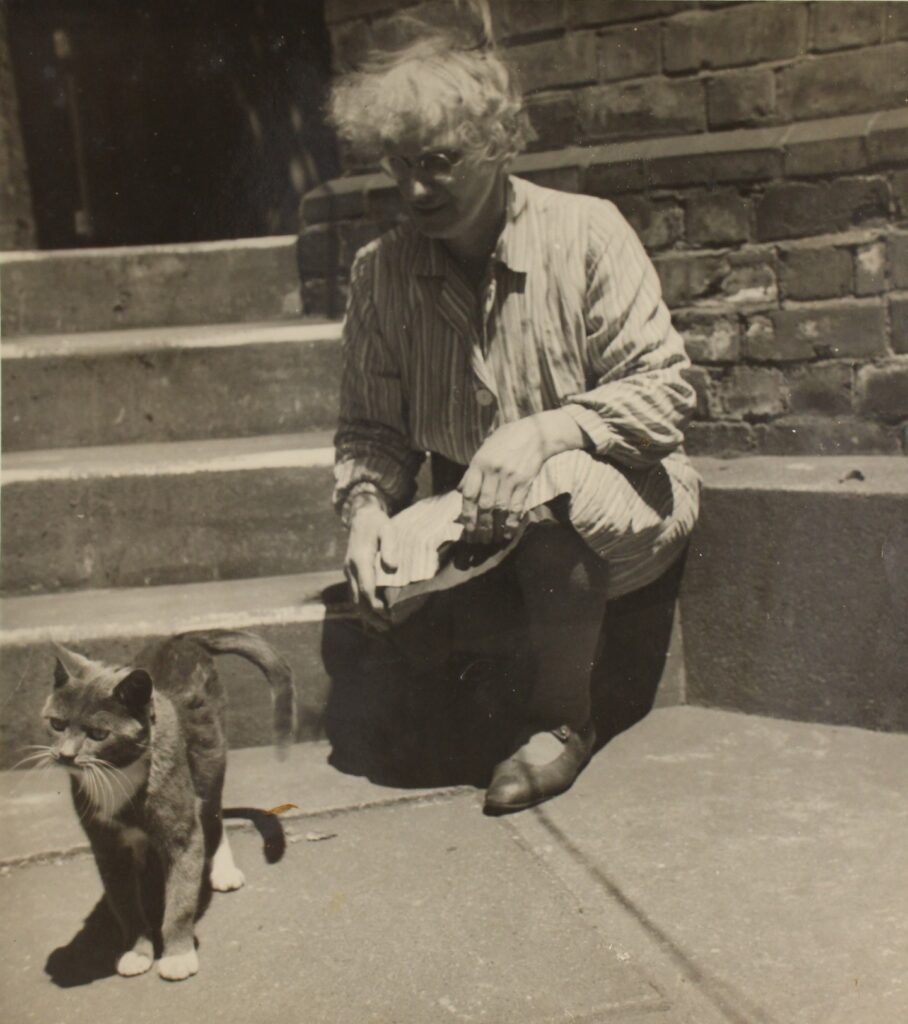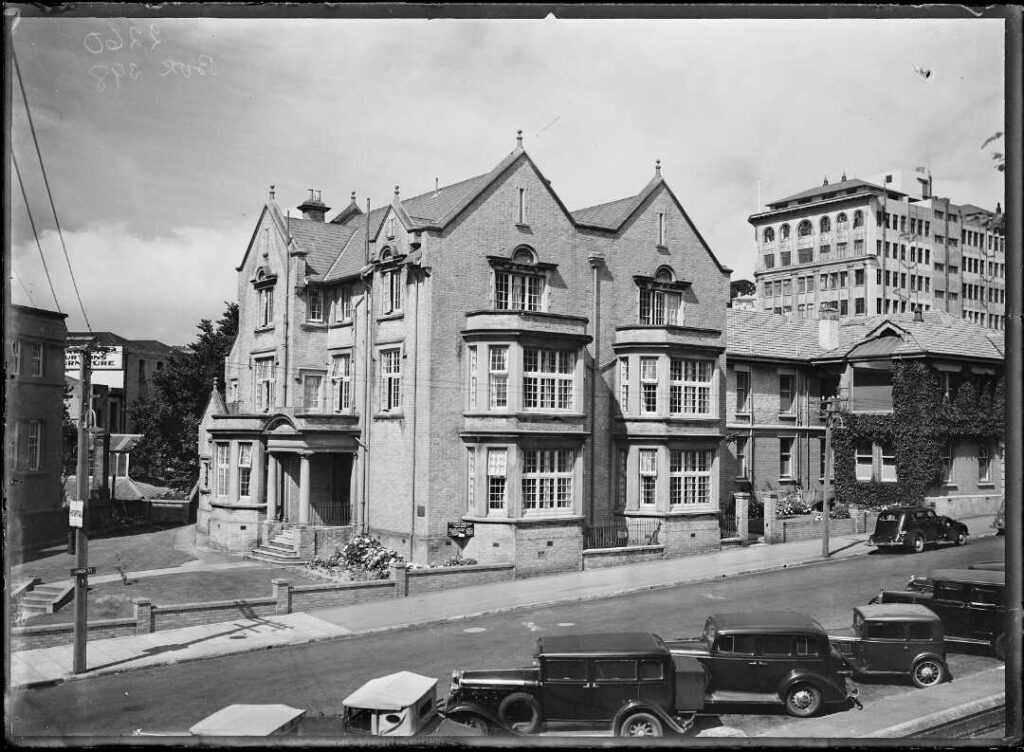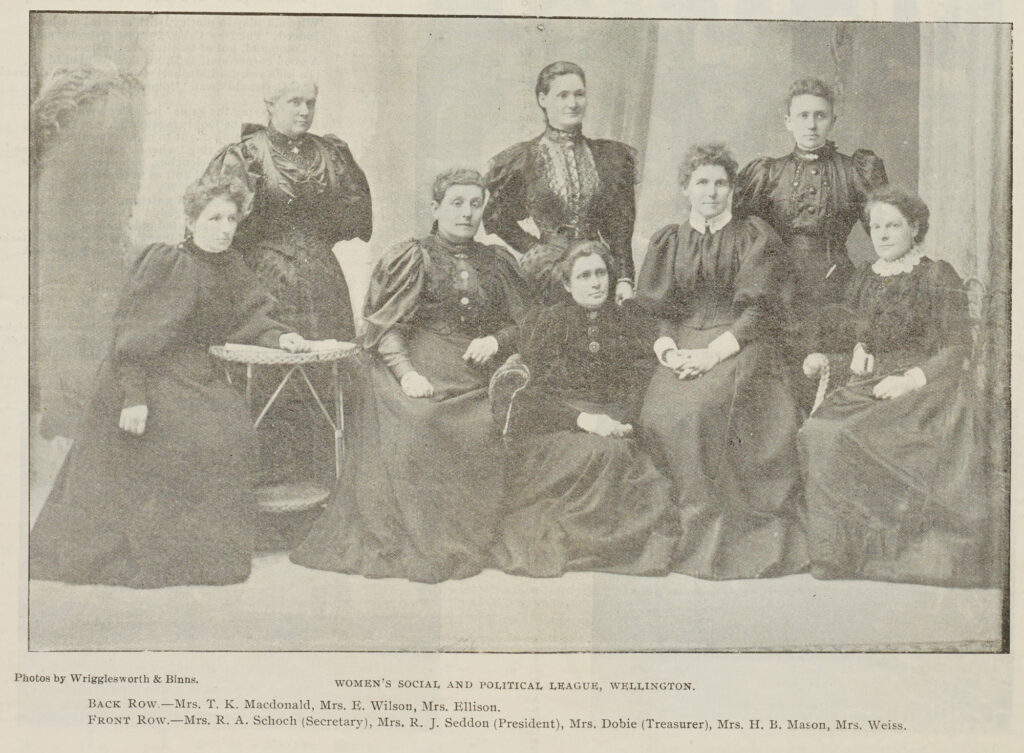It is well timed for ANZAC Day 2023 that we are pleased to announce the two lily ponds in the services section have had their restoration completed. These ponds are of historical importance and the Friends’ championed for their restoration.
These ponds were completed in November 1926. They were commissioned by the Department of Internal Affairs. Some of the original waterlilies were donated by the Auckland Racing Club and eighteen varieties were sent from the Melbourne Botanical Gardens.
There were once goldfish in the ponds too, donated by the Women’s National Reserve. These proved an allure for children out walking with their parents and instructions were issued to keep a close eye out for offenders who would ‘be severely dealt with’. The goldfish have long since escaped, however waterlilies will return to the ponds.
During their restoration, a number of curious articles were retrieved by the contractors while digging out the bases. A fish paste jar bought back childhood memories for our committee member Philippa. A piece of an infant’s headstone was also recovered and Philippa has gone to some lengths to research its original placement. Based on the scant details on the piece and some crack sleuthing, Philippa has concluded the piece came from the headstone of Claude Victor Boyd who died aged 3 years in 1892. We hope to be able to return it to its plot.
In the meantime we hope that you visit the cemetery and admire the lily ponds which we think add greatly to the tranquillity of the space.
